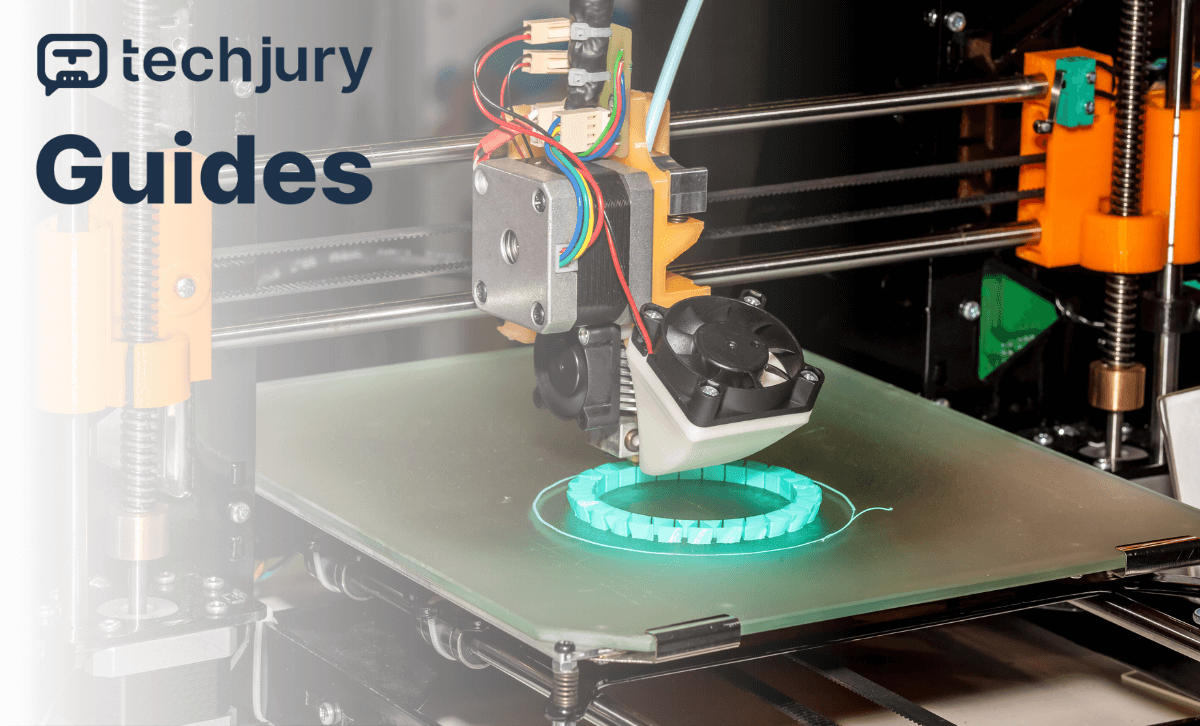
Introduction: Decoding the Future of Manufacturing
In the rapidly evolving landscape of technological innovation, 3D printing emerges as a transformative force reshaping our understanding of manufacturing, design, and production. This comprehensive exploration delves deep into the intricate world of additive manufacturing, offering unprecedented insights into a technology that promises to redefine how we create, innovate, and conceptualize physical objects.
The Technological Paradigm Shift
3D printing represents more than a mere manufacturing technique—it‘s a revolutionary approach that bridges digital imagination with material reality. By enabling direct transformation of digital designs into tangible objects, this technology challenges traditional manufacturing paradigms and opens unprecedented possibilities across multiple industries.
Historical Evolution of 3D Printing
Origins and Early Developments
The journey of 3D printing traces back to the 1980s, with significant milestones marking its technological progression:
| Year | Milestone | Technological Significance |
|---|---|---|
| 1981 | Hideo Kodama‘s Prototype | First 3D Printing Concept |
| 1984 | Chuck Hull‘s Stereolithography | Commercial 3D Printing Patent |
| 1992 | First Selective Laser Sintering Machine | Advanced Manufacturing Technique |
| 2009 | Expiration of Key Patents | Open-Source 3D Printing Era |
Technological Democratization
The expiration of foundational patents in 2009 marked a crucial turning point, transforming 3D printing from an exclusive industrial technology to an accessible innovation for researchers, entrepreneurs, and hobbyists.
Molecular-Level Manufacturing: Understanding 3D Printing Mechanics
Material Transformation Process
3D printing operates through a sophisticated molecular-level transformation process:
Digital Design Conversion
- Computer-Aided Design (CAD) modeling
- Precise geometric calculations
- Computational rendering
Material State Modification
- Thermal energy application
- Molecular structure reconfiguration
- Controlled material flow dynamics
Layer-by-Layer Deposition
- Microscopic material placement
- Precision engineering
- Structural integrity maintenance
Advanced Material Science Insights
Contemporary 3D printing leverages diverse material compositions:
Polymer-Based Materials
- Thermoplastic polymers
- Biodegradable compounds
- High-performance engineering plastics
Metal Alloy Systems
- Titanium composites
- Aluminum-based materials
- Stainless steel variants
Emerging Material Frontiers
- Graphene-enhanced composites
- Ceramic nanomaterials
- Biomimetic structures
Global Market Dynamics and Economic Impact
Market Size and Growth Projections
| Year | Global Market Value | Compound Annual Growth Rate (CAGR) |
|---|---|---|
| 2021 | $16.7 Billion | 21.0% |
| 2026 | $44.5 Billion | 24.5% |
| 2030 | $76.2 Billion | Estimated Projection |
Industry Adoption Landscape
3D printing demonstrates remarkable penetration across diverse sectors:
Aerospace and Defense
- Lightweight component manufacturing
- Rapid prototyping
- Complex geometric design capabilities
Medical and Healthcare
- Patient-specific prosthetics
- Surgical planning models
- Biomedical research applications
Automotive Engineering
- Rapid prototype development
- Customized part manufacturing
- Weight optimization strategies
Technological Innovations and Future Trajectories
Artificial Intelligence Integration
The convergence of AI and 3D printing promises transformative capabilities:
- Predictive design optimization
- Real-time manufacturing adjustments
- Advanced material behavior modeling
Sustainability and Environmental Considerations
3D printing offers significant ecological advantages:
- Reduced material waste
- Lower carbon footprint
- Localized manufacturing potential
- Circular economy support
Challenges and Technological Limitations
Current Constraints
- Production speed limitations
- Material consistency variations
- High initial equipment costs
- Technical expertise requirements
Ongoing Research Directions
- Faster printing technologies
- Advanced material development
- Cost reduction strategies
- Computational efficiency improvements
Conclusion: Technological Frontier
3D printing represents a profound technological revolution, transcending traditional manufacturing boundaries. As computational power increases and material science advances, this technology will continue reshaping our approach to design, production, and innovation.
Key Takeaways
- Transformative manufacturing potential
- Interdisciplinary technological impact
- Continuous innovation landscape
- Human-centric technological development
Practical Recommendations
- Continuous learning and skill development
- Stay updated with technological trends
- Explore interdisciplinary applications
- Embrace experimental approaches
The future of manufacturing is not just about producing objects—it‘s about reimagining the very process of creation itself.










